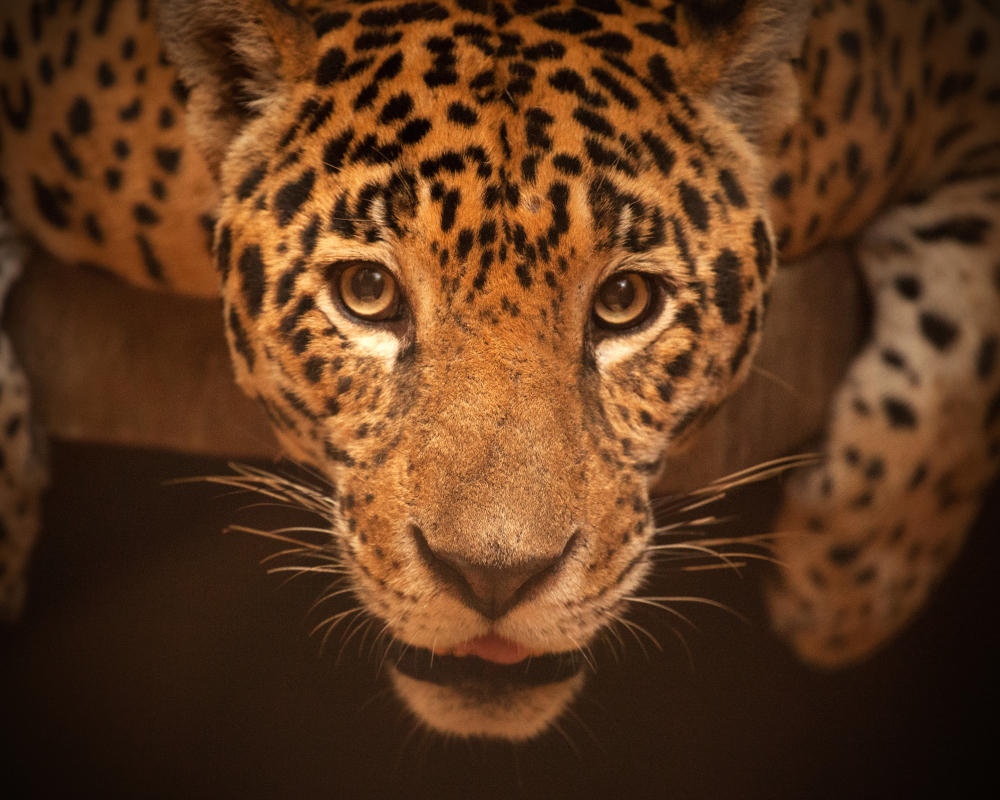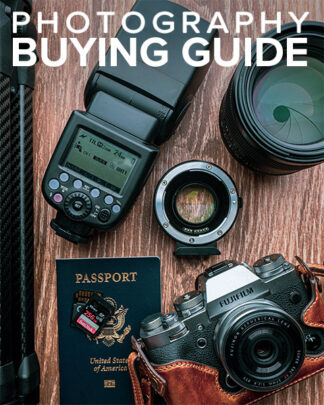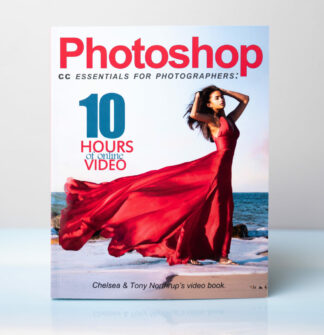
Sometimes the “business” of photography reminds me of this old children’s nursery rhyme:
All around the mulberry bush,
The monkey chased the weasel.
The monkey stopped to pull up his sock,
Pop goes the weasel.
As a metaphor it’s a bit of a stretch I grant you, but the more you think about it the more it makes some kind of quirky sense. Assuming for a moment that we’re the monkey and the weasel represents success, money or recognition (take your pick.) We chase after it in circles until we’re exhausted, stopping only briefly for a respite, and then suddenly there it is: Pop goes the weasel. A new moneymaking idea jumps out of the box.
Bartering. It’s the new “old” idea. It’s the ancient practice of trading goods or services for another person’s goods or services of equal value. Bartering has a lot of benefits, it’s an exchange based on negotiated value not on retail prices, it’s a currency of exchange, not money, and you can do it anywhere at anytime. Photography is a natural commodity. People always want great photographs of themselves, their family, their pets, their homes and their business. Sometimes they just want beautiful wall art. The one thing they don’t want is to pay for it.
You can make money by saving money. What’s the difference between having money in the bank because you charged for goods and services, or if you have money in the bank because you didn’t have to buy goods and services? None. If you want to make money with your photography it doesn’t mean you have to be paid for your photography in dollars. Exchanging goods and services can be very cost-effective. Lets get away from using the term money and instead refer to currency.
Does bartering work? Absolutely. I have been travelling the world full-time for over four years, and I have successfully bartered my photographic services on a number of occasions. How does it work? Bartering and networking often go hand-in-glove, and can lead to a lucrative and different form of success and remuneration. Lets put a finer point on it, have you heard the old adage: It’s not what you make but what you save? Bartering is a form of saving and in that sense it’s cash-in-hand (cash unspent.) Here are some recent true-life examples of things I’ve bartered for:
- I bartered my photographic services for access to the Kaxil Kiuic Biocultural Reserve and Puuc Jaguar Conservation sites in Yucatan, Mexico. I had unlimited and unfettered access to these private scientific research centers for weeks at a time, both of which are unavailable to the general public except by rare invitation. My transportation, housing and food expenses were all covered, and I was permitted to work with many of the scientists and photographically document their efforts. I was later approached by the directors of these two institutions and asked to become their unofficial “official” photographer. I quickly accepted.
- In Guatemala I did a real estate shoot for an expat couple wanting to sell their home. As luck would have it they owned a cigar lounge in the city offering premium cigars and world class single-malt Scotch whisky. They wanted marketing photos and I wanted those cigars and whisky. Buying premium cigars and quality Scotch can rack up the bucks in a hurry, so a trade was a great way to go. I made money by saving money. Is it starting to make sense now?
- In Panama I wanted to go on a jungle trek with one of the better wilderness guides, but he was expensive. A day of trekking was going to set me back about $350 USD. He was interested in my being a photographer, and guaranteed I would get some great wildlife shots if I booked him. In casual conversation he mentioned that his wife really wanted some photos of their kids before they got much older. Problem solved, we exchanged an all day jungle trek for a family photoshoot. We were both happy, and no money ever changed hands.
These are just a few of many examples. When I can’t charge for my work I will often consider bartering for needed goods and services. By using this form of currency I save money, and by saving money I am actually making money. Pop goes the weasel, a new “old” idea and a different way of conducting business. How do you get started? I’ve been travelling in Latin America for quite a spell, and bartering down here is a way of life. Not so much for Norte Americanos in the United States. Here are a few quick tips you might consider.
1. The Goal
Understand what it is you want and what you’re willing to give. Do you want access to a restricted scientific research facility, cigars and Scotch or a jungle trek? You can barter for anything. Maybe you need some dental work and your dentist needs some new office wall art. Maybe your significant other would like a day at the spa and the spa might need some marketing photos. You need your taxes prepared and your preparer needs some family photos. Saving money on goods and services is the same as making money (sometimes better).
2. The Meet
All my meetings are face-to-face now that I’m travelling full-time. In this day and age the internet is also a great resource, and you can even join bartering clubs or groups. Knowing what you want will help determine who you want to meet. Networking is also a great way to meet like-minded people, and is a terrific help in building your photography business. Another old adage that has become cliche is: It’s who you know.
3. The Terms
Communication has to be very clear here. What is it that both trading partners are expecting? What is the Quid pro quo? This can be done in writing or with a simple handshake. But everyone needs to know what the expectations are, and more importantly agree to the terms. This has more to do with the goods and services involved in the trade, the value of the trade is next.
4. The Negotiation
This is where you establish value and agree on that value upfront. Again communication must be very clear and precise. You know what your photography is worth, or at least you should know. If you don’t you better get busy and determine that worth pronto. Value is predicated on quality, competency, consistency and demand. I’ve said enough, it’s up to you to figure out the rest.
5. The Execution
Finalizing the exchange. They do their part and you do your part. Simple. A successful bartering session is when both parties walk away satisfied, it’s called a win-win situation. Hopefully you’ve made a new friend, business contact and referral source.
Final thoughts. Saving money is making money. Bartering your photography is an ideal way to make money. It can be a win-win situation. Technically, bartering is considered income by the IRS, and you’re supposed to declare FMV (Fair Market Value) for the exchange. However, payment usually involves no cash or audit trail so I will leave that up to you and the IRS. Think out of the box. Explore new and different ways to gain exposure and market your business. When at first you don’t succeed think: Pop goes the weasel.
Want to learn how to make money taking pictures? Go here to read another great post!






Once again, I have been able to watch this process in action, and how one bartering event can quickly lead to another. And, of course, it’s a win-win situation.
Muchas gracias mi hermano. The adventure continues.
Thank you for a great article.
Thank you Chase for taking the time to comment. I really appreciate it when folks take the time out of their busy day to read my articles and respond.
I thik this is a great idea and something I have done many times. So it was great to see an article about it. thank you for taking the time to publish it
Thank you Alex for taking the time to comment and share your experience. A lot of photographers don’t always think of bartering as a possibility, but like I mentioned in the article almost everyone wants nice photos. I’ve found it’s an excellent way to trade products or services, especially when I’m travelling . . . and digital makes it so easy (no printing involved, just sending digital files).
I opine synchronicity plays a strong part.
As in most things I think. 🙂
I opine synchronicity plays a big part in successful bartering transactions
I would agree with that statement Joe. Sometimes the stars just seem to line up the right way. I also think we can help those stars along by keeping our ears open, and being receptive to opportunities when they present themselves. Bartering doesn’t have to be reactive (a response to someone who doesn’t want to fork out hard dollars for photos), it can be proactive (I would really love to hire you as an expedition guide, but it’s a lot of money for me … would you be open to exchanging guide services for photos). Anyway, it’s fun stuff. Thanks for taking the time to comment Joe.
Great article… As usual. 🙂
As you may remember, I am new to photography and currently I am not considering to go pro. But this barter thing is very interesting. Thank you for making time to post it.
I was just wondering, have you experienced a barter gone wrong? For example: your trading partner did not do as promised or they were not satisfied with your work (just because of misunderstanding in the negotiation phase)? If you have, what did you do?
Hello Azwar. Yes, I remember you, and it’s nice to hear from you again. I’ve been lucky so far, no problems with any of my bartering transactions. I always refer potential trading partners to my website and/or show them samples of my work first, and I research what it is I want in return so we can come to terms (beforehand) on the negotiated value of the trade. Human nature being what it is I suppose a less than satisfactory trade will happen someday, if or when it does I will probably just shrug off the bad experience. I’ve lived long enough to know that life is way too short to get overly angry at its disappointments. Thanks for the interesting question, and taking the time to comment.
It make sense… Having them look at some samples will let them have a realistic expectation. If so, I better build a solid portfolio first.
Until now, I only shoot in jpeg. I think I will start shooting in raw and try some simple post processing. This weekend I will go on a short trip. Hopefully I can get some good pictures. I will set my camera to save raw & jpeg at the same time. This way I can have a benchmark. My post processed raw should be better than my jpeg right.
Once again thank you for your answer. You inspire me to learn more and avoid GAS. I will postpone my plan to buy additional lens until I’m good enough.
Looking forward to you next article.
Probably the single “biggest” improvement in my “digital” photography occurred when I switched to CameraRAW files from JPEG, and started to get serious about my Photoshop processing. I now spend about 30% of my time capturing the image, and 70% in post-processing. In the beginning it’s easy to “over process” an image (especially sharpening and color saturation), but as you gain experience you can dial it back. RAW files capture so much information, and dynamic range, that you can more easily work with detail in the shadows and highlights. Visit my website at http://www.IndochinePhotography.me and “Follow” to receive my free monthly newsletter, and access my blog Expat Journal. My blog offers a lot of free content about my photography, writing, world travel, and lifestyle. I’m excited about you pursuing your photography, and developing your own online portfolio and presence. Good luck.
Thank you for the invitation. I’ve just finished subscribing to your newsletter. I know I need all the help I can get.
Sounds to me like you’re on the right track Azwar. Let me know when you have your online portfolio setup, I would love to see examples of your photography. SquareSpace, who sponsors Tony & Chelsea LIVE every Thursday, appears to be a great platform for photographers. Mine is with WordPress, and I’m just too damn lazy to change it (but WordPress can be rather quirky and difficult). Thank you for subscribing to my newsletter, it’s a new venture for me.
Excellent article, food for thought.
Hi Beverly, thank you for taking the time to comment. Yep, bartering can certainly work in many situations, especially down here in Latin America.